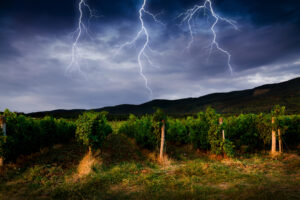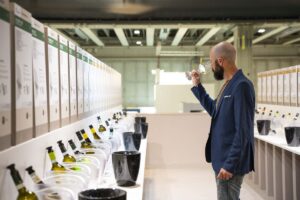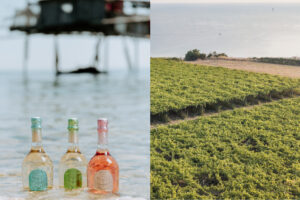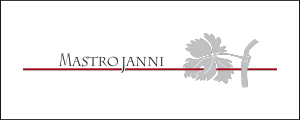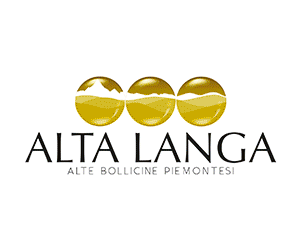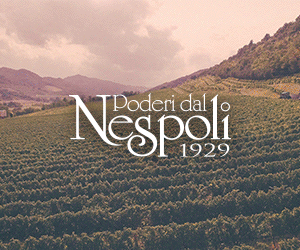The newest weapon to be used to defend ‘Made in Italy’ goods is infinitely small. This was the affirmation made by experts and sector representatives who recently met at the Cnr (National Research Center) headquarters in Italy to discuss nanotechnology and its potential use to protect Italian products.
Hundreds and hundreds of tiny biochemical receptors, so small they’re invisible, could be the new apparatus capable of verifying whether a food product is cultivated in Italy or abroad. A prototype has been created by the company from Naples, Arterra, and is made up of hundreds of organic receptors used to recognize certain metabolites present in food products. Arterra’s Gabrielle Colucci explained, "The system can tell you whether a San Marzano tomato was grown on Vesuvius, for example, by identifying aromatic substances from the earth that have been absorbed into the plant… The apparatus is still a prototype but we are working towards making it easier to use”.
Another product in pre-industrial tests is a system to protect Italian made leather ware. This project has come out of a collaboration between the company Solos, specialized in holographic security systems, the leather district of Vicenza and Kodak.
Ulisse Vivarelli of Solos explained, “This is based on the possibility of using nanoparticles as markers. Nanoparticles can be used even in ink on labels, but here there is another step because the nanoparticles are inserted into the pores of the leather”.
The process occurs in the second phase of tanning during which, together with the chemical solutions that are used to ensure the final quality, the nanoparticles are added and remain trapped in the fabric, thus allowing the product to be identified with an apparatus created by Kodak, a spectrometer capable of seeing the particles in the leather.
Copyright © 2000/2024
Contatti: info@winenews.it
Seguici anche su Twitter: @WineNewsIt
Seguici anche su Facebook: @winenewsit
Questo articolo è tratto dall'archivio di WineNews - Tutti i diritti riservati - Copyright © 2000/2024













